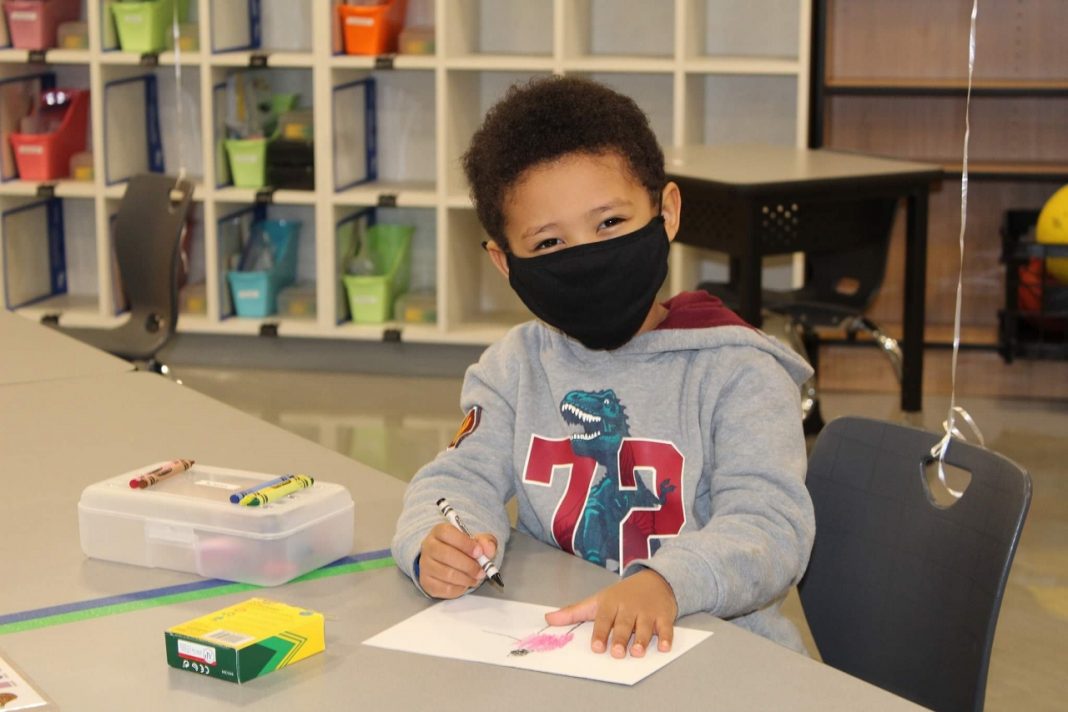For many years, K–12 schools focused primarily on teaching academics, with life skills taking a bit of a back seat. But not today in the Tumwater School District. The district is ramping up its approach to educating the whole child. This means enhancing students’ social and emotional skills by giving them tools to navigate life and reduce barriers to learning. At the same time, the district provides its staff methods to teach life skills and to use a framework for triaging students’ social and emotional challenges.
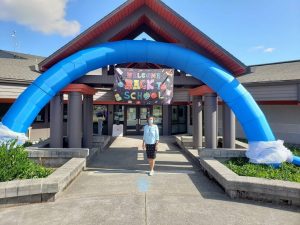
“We have different layers of support and intervention,” says Andra Kelley-Batstone, the district’s new Social and Emotional Learning (SEL) coordinator, who is also an assistant principal at A.G. West Black Hills High School. “It’s intentional, so we have a readiness to respond.”
SEL is a process through which students acquire and apply the knowledge, skills, and attitudes to develop healthy identities; manage emotions and achieve personal and collective goals; feel and show empathy for others; establish and maintain supportive relationships; and make responsible and caring decisions. The data shows that helping the whole child—broadening the definition of student success to take into consideration cognitive, physical, social and emotional development—increases students’ readiness to learn.
The Office of Superintendent of Public Instruction established SEL standards for K-12 schools. Kelley-Batstone says the district had started its SEL process well before her hire, although implementation varied among the elementary, middle and high schools. The district had also established a goal for 2021 to create and enhance existing multi-tiered support systems related to social and emotional support in each building. The district appointed Kelley-Batstone to take SEL to the next level.
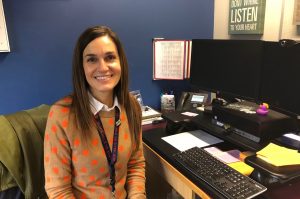
“My role, in being new, is an investment,” she says. “I support social and emotional learning at the district level. I was not coming in and starting fresh. We wanted the good things to continue.” And the timing of enhancing SEL district-wide dovetailed into what schools and families were seeing first-hand with the pandemic’s social and emotional impact on learning. “The gift of the pandemic made us all converts (to SEL),” Kelley-Batstone adds. “During the pandemic, it was evident to parents and teachers who saw that the social and emotional element was profound. We needed to slow down and focus on relationship building.”
Kelley-Batstone worked with the district to implement SEL activities in all grades and to create uniformity district-wide. “Our goal is to impact the overall school climate, but in a more universal way,” she says.
For example, while the district’s elementary schools had consistently rolled out SEL on a daily or weekly basis, the high schools presented SEL information in a varied manner such as during school assemblies. But now, the district has implemented SEL in weekly sessions in all 6th through 12th grade homerooms. “Homerooms are smaller, and students will be with that teacher all through high school,” she says. “In order to practice their skills, students have to have a trusting environment.”
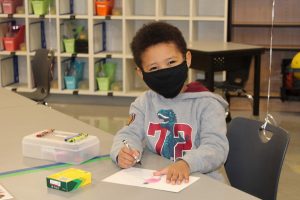
The district’s SEL uses a Multi-Tiered System of Supports (MTSS). MTSS is a framework to support all students by putting layers (tiers) of support in place to provide students what they need when they need it. “It’s kind of like a hospital system,” Kelley-Batstone says. “If we don’t have intervention in place, then there is a bigger impact on hospitalizations.”
The prevention-based MTSS is team-driven, data-driven problem solving. The first tier for intervention is through district-wide programs and curricula. The second tier uses small groups like homerooms to work on elements such as anger management, work and study skills, conflict resolution and impulse control. The third tier identifies when a particular student may need individual counseling or other resources.
As part of the third tier, teams of staff work to spot barriers that an individual student may be experiencing, like mental health challenges or lack of housing. Then the teams find resources to help those students. “For example, food instability,” says Kelley-Batstone, in describing an issue the team may identify and resolve when it is impacting academic success. “We have a weekly food backpack program.” Kelley-Batstone says programs like TOGETHER!, Sea Mar Community Health Centers, Thurston County Food Bank and True North are partners providing resources.
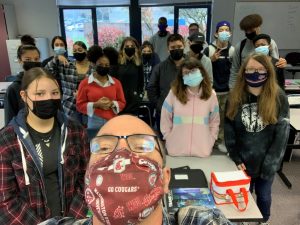
In another SEL activity, Kelley-Batstone meets weekly with several A.G. West Black Hills High School students. They serve as peer evaluators, discussing ways to publicize how students can build healthy relationships, prevent abuse, and find resources. “Our goal is to inform and to improve, and to prevent miscommunications,” says Kylie Randazzo, a peer evaluator. Grace Hinman, another peer evaluator, says their effort started with teaching girls on when an interaction is inappropriate behavioral grooming. In line with SEL, Hinman says their mission expanded to communicating on developing healthy relationships, and to create a safe place in the school.
At the end of the day, the district’s SEL and MTSS process improves the whole child’s K-12 educational experience, while, at the same time, providing support and tools that will help them later manage adulthood. More information on SEL and MTSS is available in the school board’s September 9 meeting materials.
Sponsored








































